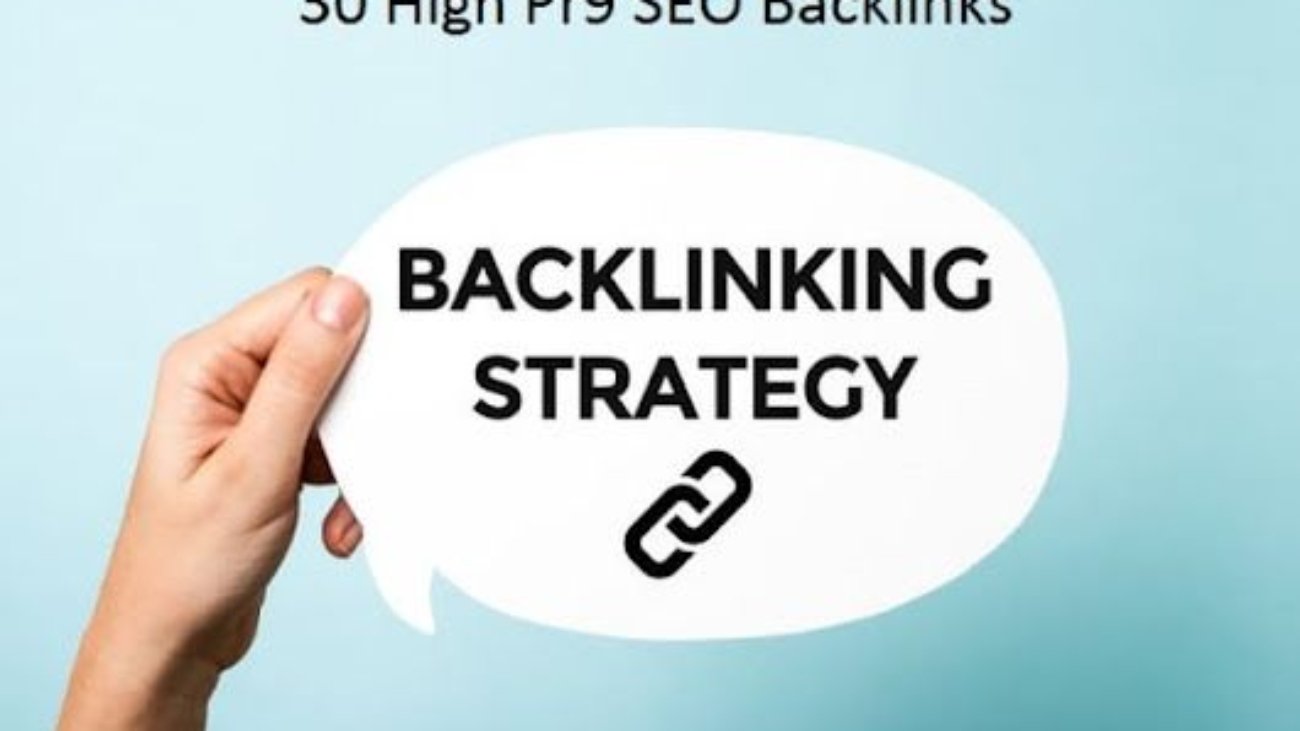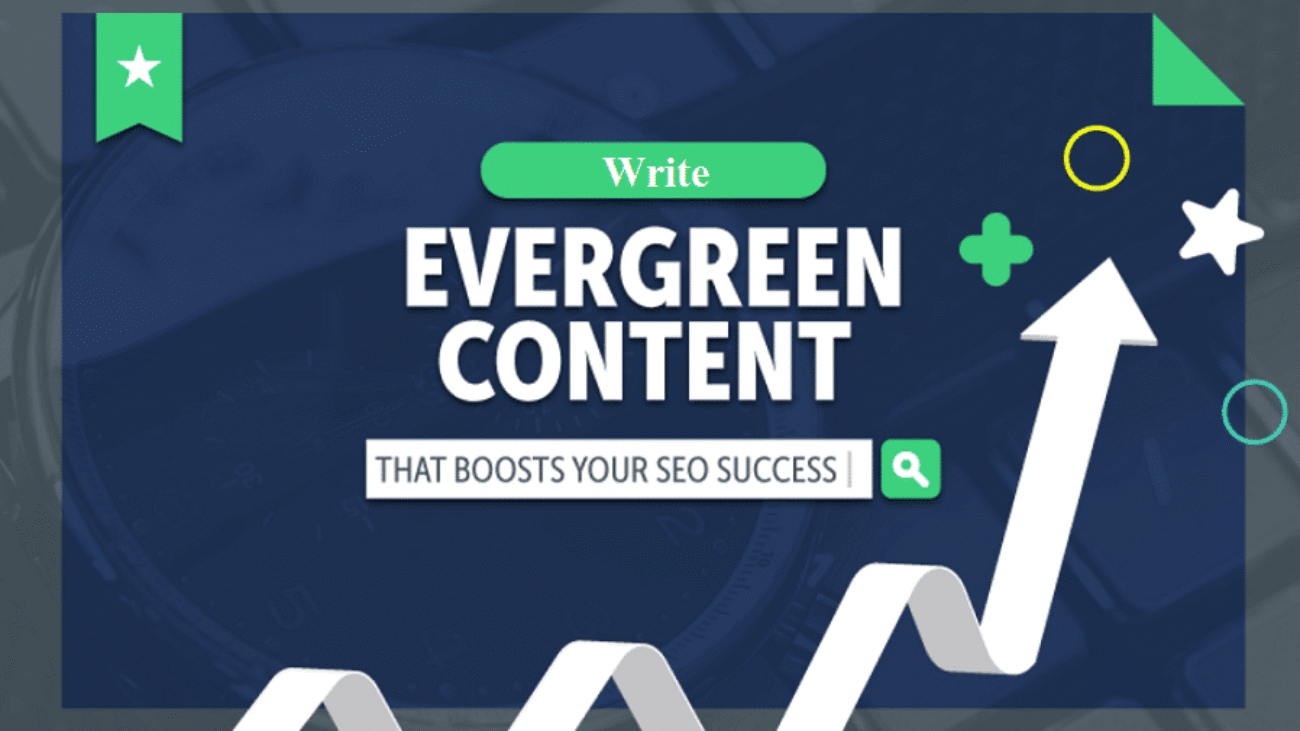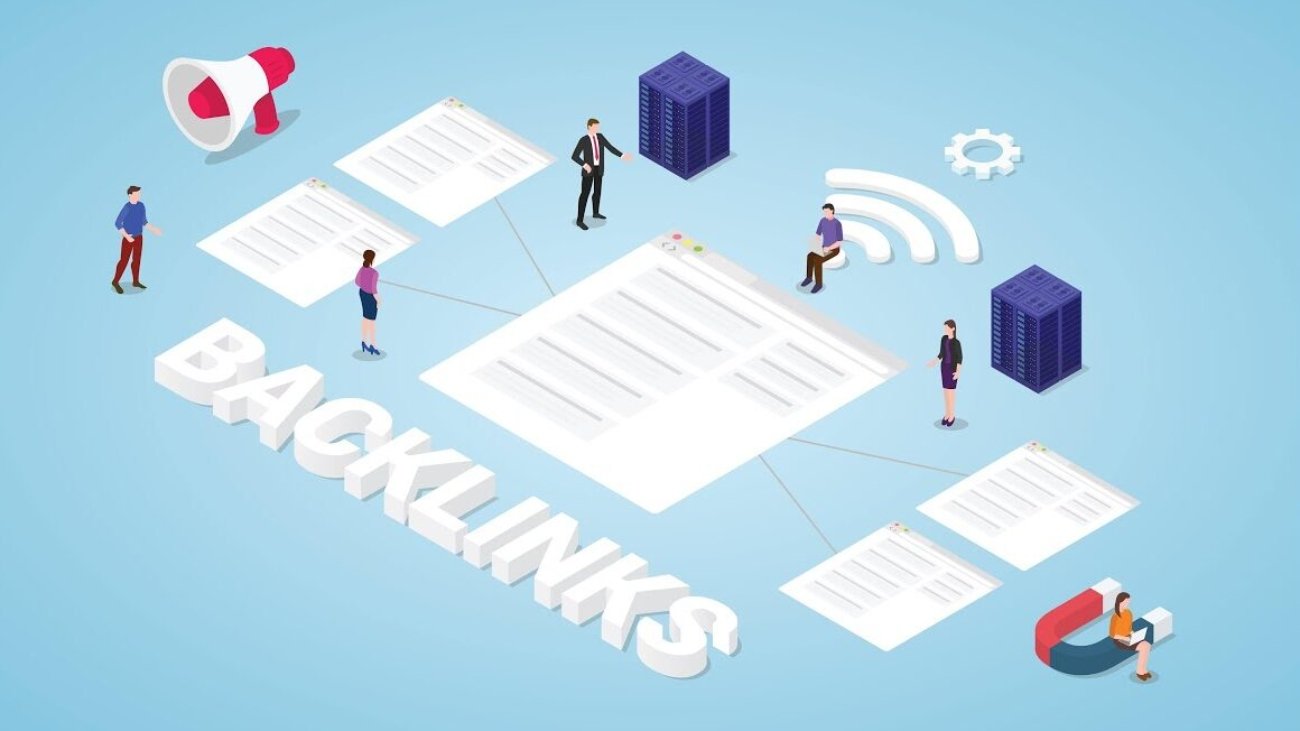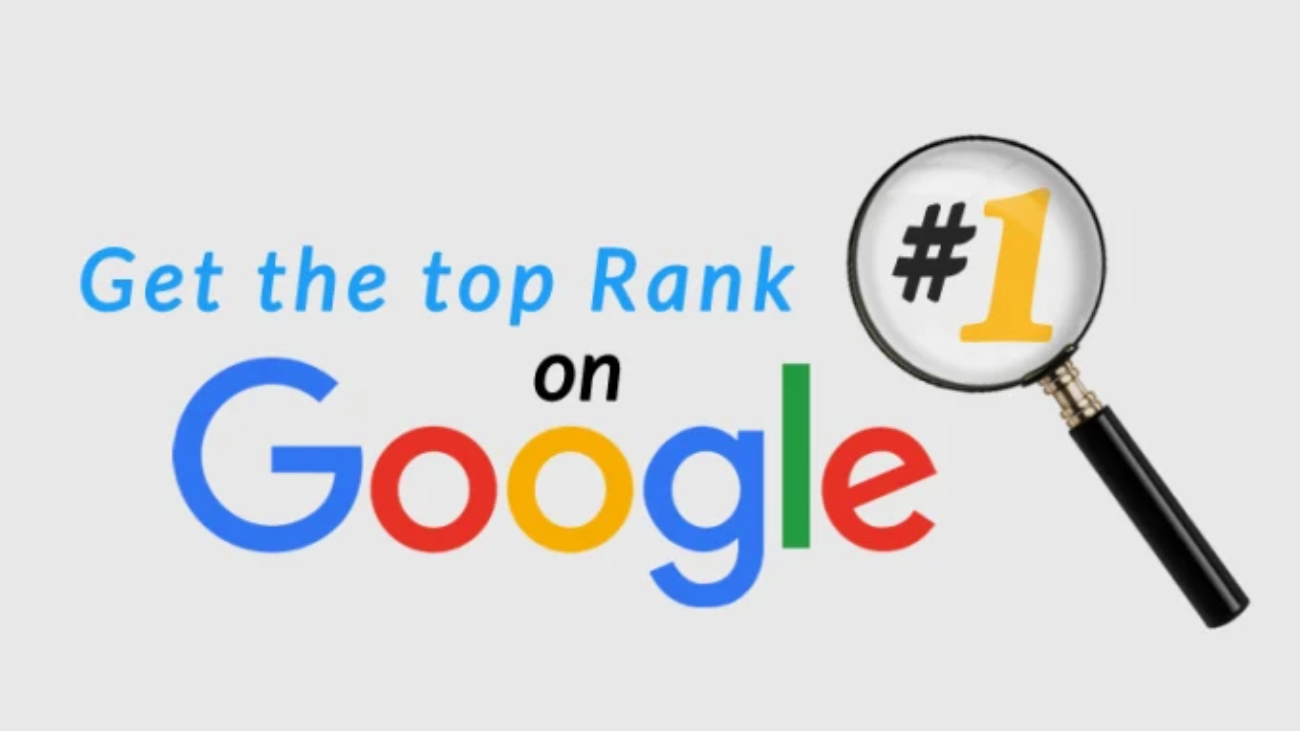1. Introduction
Backlinks are the backbone of SEO. But in 2025, relevance matters more than volume and that’s where geo-specific backlinking comes in.
If you’re trying to rank in Chicago, London, or Tokyo, a backlink from a site in that location often carries more weight than one from a random domain.
This article dives deep into geo-targeted link-building strategies for local and global SEO. Whether you’re a local business or an international brand, these techniques will help you secure location-relevant authority and boost rankings where it matters.
2. What is Geo-Specific Backlinking?
Geo-specific backlinking refers to acquiring backlinks from websites that are geographically relevant to your business. These can be:
-
Local blogs
-
City-based directories
-
Regional news websites
-
Country-level domains (
.ca,.uk,.de) -
Local chambers of commerce
-
Business associations in your operating area
These links signal to search engines that you are authoritative in a specific area, giving you an edge in geo-targeted search results.
3. Why Geo-Relevant Links Matter for Local & Global SEO
Backlinks tell Google two things:
Authority How trustworthy your content is
Relevance How appropriate your content is for a specific query or audience
When the referring domain is geo-relevant, you get a third advantage:
Location Trust Google boosts businesses seen as local leaders in a region
Geo-backlinks improve your chances of ranking in:
-
Local Pack (Google Maps)
-
Organic local results
-
City or region-based global SERPs
Especially post-Helpful Content updates, contextual local relevance now plays a bigger ranking role.
4. Local vs. Global Link-Building Strategies
Here’s how they differ:
| Factor | Local Link Building | Global Link Building |
|---|---|---|
| Focus | City/Region-based | Country/International |
| Examples | Local blogs, directories | Government portals, global publications |
| Tools | BrightLocal, Whitespark | Ahrefs, Pitchbox, Hunter.io |
| Language | Native/local dialect | Multilingual SEO & translation required |
| Challenges | Low authority, limited reach | High competition, harder to earn |
You should balance both to build holistic SEO strength especially if you’re targeting multiple locations.
5. How to Identify Geo-Specific Link Opportunities
Tools to Use:
-
Google Search Operators:
-
intitle:"top plumbers in Dallas" -
site:.ca "submit guest post"
-
-
Ahrefs: Filter backlinks by referring country
-
SEMrush: Use backlink gap analysis on local competitors
-
Google Maps + Local Blogs
Key Metrics:
-
Domain authority
-
Relevance of content
-
Geo-location of site audience
-
NAP (Name, Address, Phone) consistency for local links
6. Top Sources of Geo-Specific Backlinks
- Local Directories: Yelp, Foursquare, Yellow Pages, Hot frog
- Local Newspapers & News Sites: Great for authoritative, city-wide coverage
- Community Blogs: Reach engaged, local audiences
- City Guide Websites: Often open to business submissions
- Event Sponsorships: Provide branded mentions + backlinks
- Local Influencers or Micro-Influencers
- Educational Institutions:
.edubacklinks for scholarships or partnerships - Local Business Associations/Chambers of Commerce
7. City-Level Link-Building Techniques
a. Sponsor Local Events
Gain backlinks from event pages and press releases. Examples:
-
Food festivals
-
Charity runs
-
City fairs
-
Local trade expos
b. Publish Local “Best of” Guides
Example: “Top 10 Coffee Shops in Atlanta” and get featured back-links in return.
c. Leverage Testimonials
Write testimonials for local partners or vendors. Many publish these with a link back.
d. Get Interviewed
Local bloggers and podcasters love expert interviews. Offer your local knowledge and receive a backlink.
8. Regional Backlinking: Scaling Beyond City Limits
Target links from:
-
State-level news platforms
-
Regional influencers
-
Niche industry directories per region
-
Regional government or tourism sites (very powerful!)
-
Multi-city service providers ask for partner listings or co-marketing
Scaling regionally helps you bridge the gap between city-level relevance and national rankings.
9. National & Global Authority Links
Even if your goal is local, global and national links improve domain authority.
Strategies:
-
Write guest posts for top industry blogs
-
Offer data or insights for journalists using Help a Reporter Out (HARO)
-
Create infographics or studies with international appeal
-
Participate in industry awards and get listed in winners’ pages
-
Contribute to Wikipedia or niche forums (with caution)
These links help your local pages rank better by lifting your overall site authority.
10. Outreach Email Templates for Geo Link Building
Template: Local Blogger Outreach
Subject: Local Business Feature Idea for [City Blog Name]
Hi [Name],
I’m [Your Name], the founder of [Business Name], a [local service/product] provider in [City].
I really enjoyed your article on “[Relevant Blog Post]” and was wondering if you’d be open to including or reviewing our service in your next piece.
We’re very active in the local community and recently supported [Event/Charity]. I’d love to collaborate in any way that brings value to your audience.
Best,
[Your Name]
Use personalized emails, not mass templates, and focus on local relevance.
11. Leveraging Google Business Profiles & Citations
Though technically not backlinks, citations on directories with Do Follow links help SEO.
Platforms to Use:
-
Google Business Profile
-
Apple Maps
-
Bing Places
-
Hotfrog
-
Local Chamber of Commerce
-
Niche platforms (TripAdvisor, Houzz, Avvo)
Make sure every listing is NAP-consistent and includes your website URL.
12. Advanced Link Prospecting Tools for Geo-Backlinks
- BrightLocal – Find citation and review opportunities
- Whitespark – Local citation audit & building
- Link Prospector (by Citation Labs) – Localized guest post targets
- BuzzStream – Outreach CRM with geo-targeting features
- Hunter.io – Find email contacts for local websites
- Ahrefs/SEMrush – Track backlink profiles of geo-ranking competitors
Use filters to find domains in the exact region you’re targeting.
13. Common Mistakes to Avoid in Geo-Backlinking
-
Overusing exact-match anchor text with city names
-
Linking from irrelevant or spammy local directories
-
Relying solely on nofollow links
-
Ignoring NAP inconsistencies
-
Not tailoring content/offers to each region
-
Not using Google Search Console to monitor link health
Geo-specific backlinks must be natural, relevant, and high quality.
14. Measuring Geo-Link Effectiveness
Track improvements using:
-
Google Search Console → Performance → Filter by location page
-
GA4 → Monitor traffic segmented by location or city
-
Ahrefs/SEMrush → Check domain’s link profile and referring geo
-
Google Maps Rankings → Use BrightLocal or Local Falcon
Also monitor:
-
Local keyword rankings
-
Click-to-call events
-
Local organic impressions
15. Case Study: Local Business Skyrockets Using Geo-Links
Business: A mobile pet grooming service in Tampa, FL
Strategy:
-
Sponsored local animal shelter
-
Created blog: “Best Dog Parks in Tampa”
-
Partnered with Tampa vet clinics for backlinks
-
Earned local press for community service
Results:
-
Traffic grew by 220%
-
Ranked in Top 3 for “Tampa dog grooming”
-
3x more bookings in 6 months
Lesson: Geo-backlinks + community outreach = long-term success.
16. Future Trends in Geo-Backlinking
-
AI-generated local link recommendations via tools like Chat-GPT + SEMrush
-
Voice Search SEO based on location
-
Neighborhood SEO (hyper-local targeting)
-
Local user-generated content driving natural backlinks
-
E-A-T updates favoring trusted local citations
Geo-SEO will become more nuanced, focusing on specific intent, trust, and relevance.
17. Final Thoughts
Geo-specific backlinking isn’t just about ranking higher it’s about being found by the right people in the right place at the right time.
Whether you operate in one city or across continents, building a geo-relevant backlink profile is essential for your SEO success in 2025 and beyond.
Combine local engagement, personalized outreach, and regional authority to create a geo-backlinking strategy that scales globally while feeling local.







